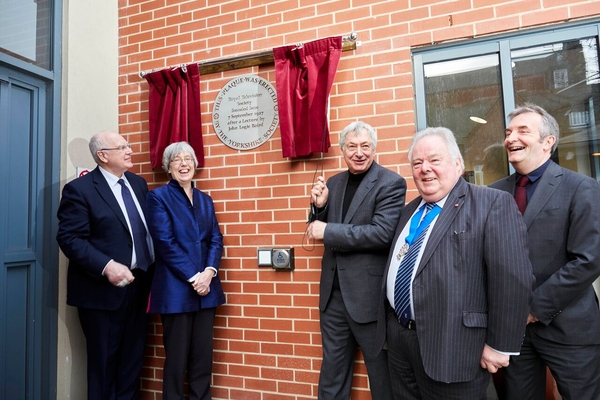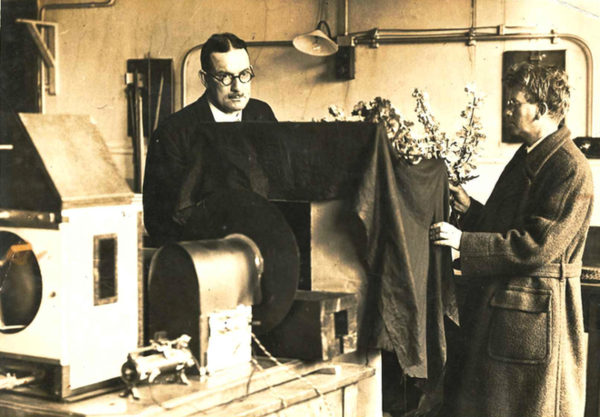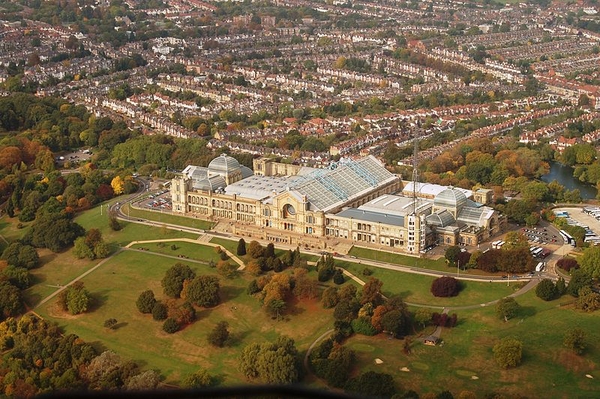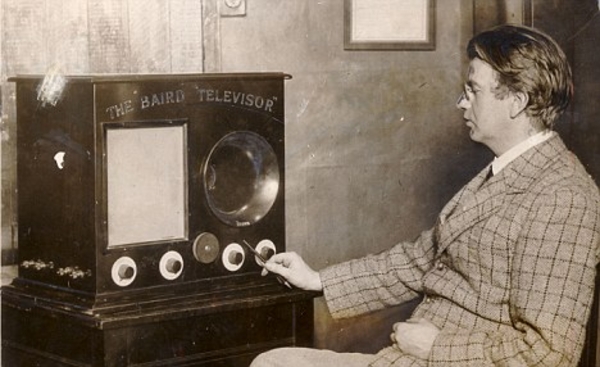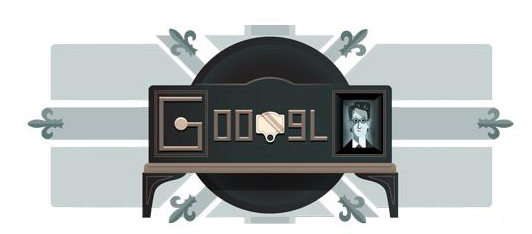What will TV look like in 2125?
Try this thought experiment: time-travel to the year 2125 and imagine watching TV. What is it like? Now buckle up for a mindbending vision from Google’s Director of Emerging & Enterprise, Faz Aftab: “Neural interfaces could bypass screens altogether. The narrative would go straight to your brain via a neural implant.”
Isn’t that a bit mad? “Thinking about 100 years’ time, I don’t dismiss anything. Elon Musk is already trying this with Neuralink,” says Aftab.



